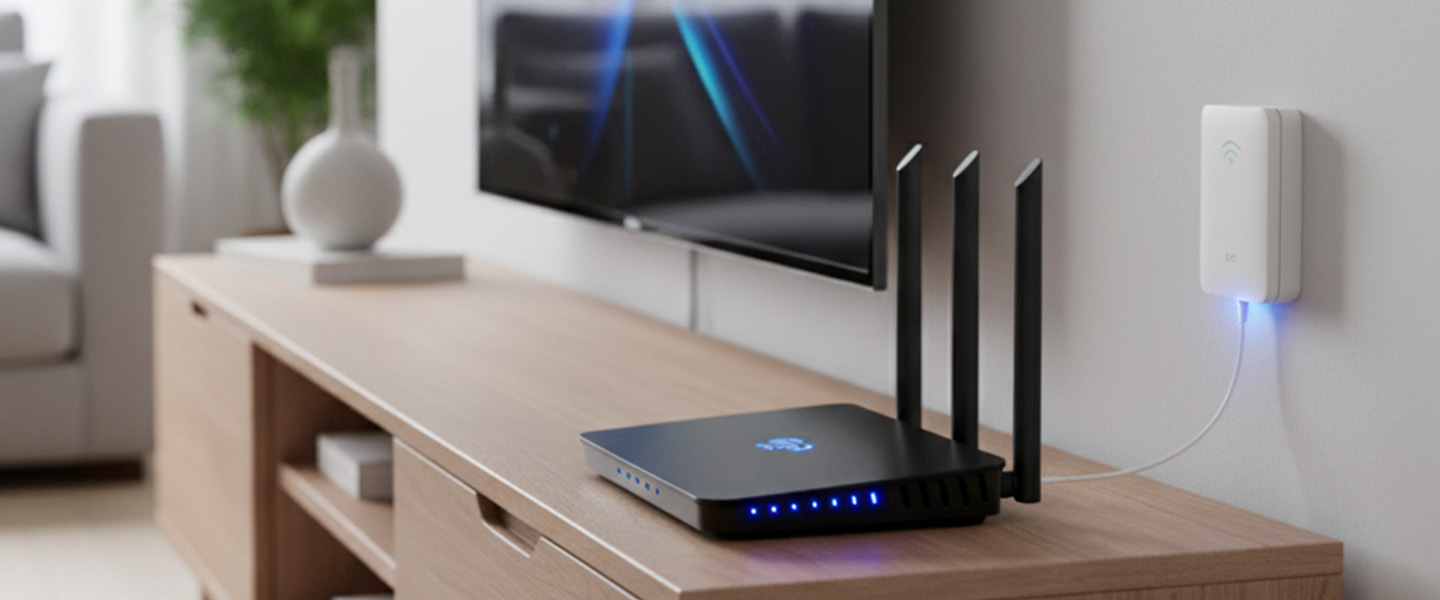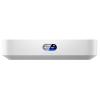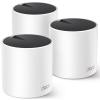Buying a new router can feel a bit like a shot in the dark. With so many different brands and models on the market, each promising faster speeds and better performance, how do you know which one is the right fit for your home?
The short answer is, it all starts with your internet plan. Picking a router that's either too powerful or not powerful enough for the type of internet connection you have is one of the most common mistakes New Zealanders make. You could be wasting money on a device you don't need, or worse, buying one that's a total mismatch for your plan, leaving you with slow Wi-Fi speeds and frustrating dead spots.
In this guide, we'll break down how your internet plan and connection type directly impact your router choice, helping you make a smart decision and get the most out of your broadband.
Modems vs. Routers: The Difference
Before we dive in, let's clear up a common bit of confusion. A modem and a router are two different devices, though they are often combined into a single unit.
- A modem is what connects your home to your internet provider's network. It's the gateway that translates the signal coming from the street (be it from fibre optic cables, copper lines, or a mobile network) into a signal your home network can use. In a fibre setup, this is the Optical Network Terminal (ONT) installed on your wall.
- A router takes that internet connection from the modem and shares it with all your devices, both wirelessly (via Wi-Fi) and through Ethernet cables. It creates a local network within your home, allowing all your devices to talk to each other and access the internet.
Your internet provider will almost always supply you with a modem or a modem/router combo. In most cases, you can use your own router, but you'll need to check if it's compatible with your provider's network, especially for things like VoIP phone services.
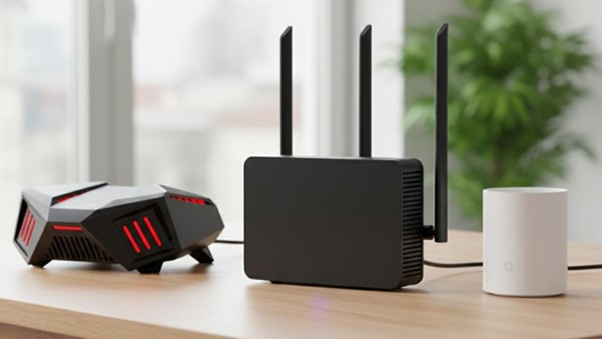
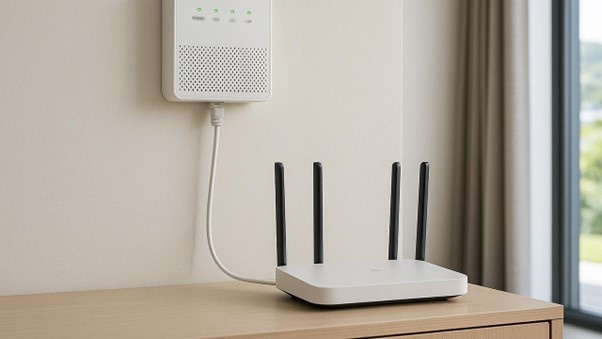
Matching the Router to Your Connection Type
The first step is knowing what kind of internet you have. Here's a quick guide for New Zealand's main connection types.
Fibre (UFB)
This is the gold standard for internet in New Zealand. Fibre connections use light signals sent over fibre optic cables and require an ONT to be installed in your home. Since the ONT acts as the modem, you'll only need a router.
For standard Fibre plans (up to 100/20 Mbps or 300/100 Mbps), a modern Wi-Fi 6 (802.11ax) router is an excellent choice. It will easily handle these speeds and provide a strong Wi-Fi signal throughout your home. If you're on a top-tier Fibre Max or Hyperfibre plan (1 Gbps and up), you'll need a router with a multi-gigabit Ethernet port (2.5 Gbps or higher) to actually achieve the advertised speeds. A standard Gigabit Ethernet port will cap you at around 940 Mbps, meaning you'll be leaving speed on the table.
VDSL & ADSL
These older technologies run on the existing copper telephone network. To use them, you need a modem/router combo that's specifically designed for DSL (Digital Subscriber Line). These devices have a specific phone jack port to plug into your wall. You can't use a router meant for Fibre with a DSL connection, as it won't have the necessary modem component. If you're on VDSL, your speeds will be limited by how far you are from the local cabinet, so spending big on an expensive router might not provide a huge benefit.
Wireless Broadband (4G/5G)
This type of connection uses a SIM card and the mobile network to get you online. Your internet provider will supply you with a specific modem/router that is configured for their network and has a built-in SIM card slot. You cannot bring your own router for this type of connection. The performance is highly dependent on your location and signal strength.
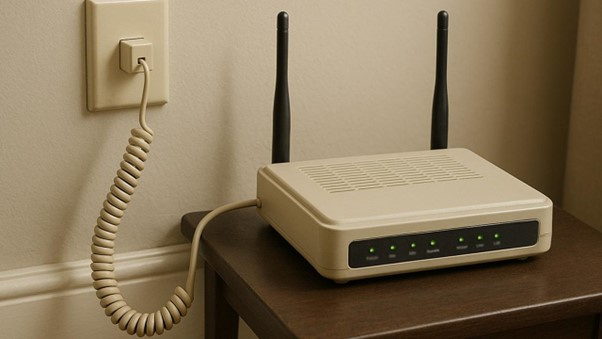

Choosing a Router for Your Needs
Once you have the right type of router, you can match its features to your household's demands.
- Speed: The theoretical top speed of a router is determined by its Wi-Fi standard. Wi-Fi 5 (802.11ac) is an older standard that's fine for basic use, but for most homes, Wi-Fi 6 (802.11ax) is the sweet spot. It offers faster speeds and better performance when multiple devices are connected. For future-proofing or heavy use, look at Wi-Fi 6E and the emerging Wi-Fi 7 which use the 6 GHz band to reduce congestion.
- Home Size & Layout: If you live in a small, single-level apartment, a single router will probably be enough. For multi-level homes or larger houses, a mesh Wi-Fi system is a better option. It uses multiple "nodes" placed around your home to create a single, seamless Wi-Fi network, eliminating dead zones.
- Number of Devices: If your household has many devices (smartphones, laptops, smart TVs, gaming consoles, smart home gadgets) a more powerful router with a good processor is essential. A cheaper, older router can become a bottleneck, causing lag and slow speeds even if you're on a fast plan.
- Gaming & Streaming: Gamers and 4K streamers need a router with low latency and good Quality of Service (QoS) features. Some gaming routers prioritise gaming traffic to ensure a smooth online experience.
Key Takeaways
- Check your connection type: The type of internet you have (Fibre, DSL, Wireless) dictates the type of modem/router you need.
- Match router speed to your plan speed: Don't buy a router that can't handle your plan's full speed. A Gigabit Ethernet port is a bottleneck on a Hyperfibre plan.
- Consider your home and usage: For large homes or lots of devices, a mesh system or a powerful Wi-Fi 6 router is a worthwhile investment.
- Providers often supply a router: While you can usually use your own, check with your provider for compatibility, especially if you have a phone line.

